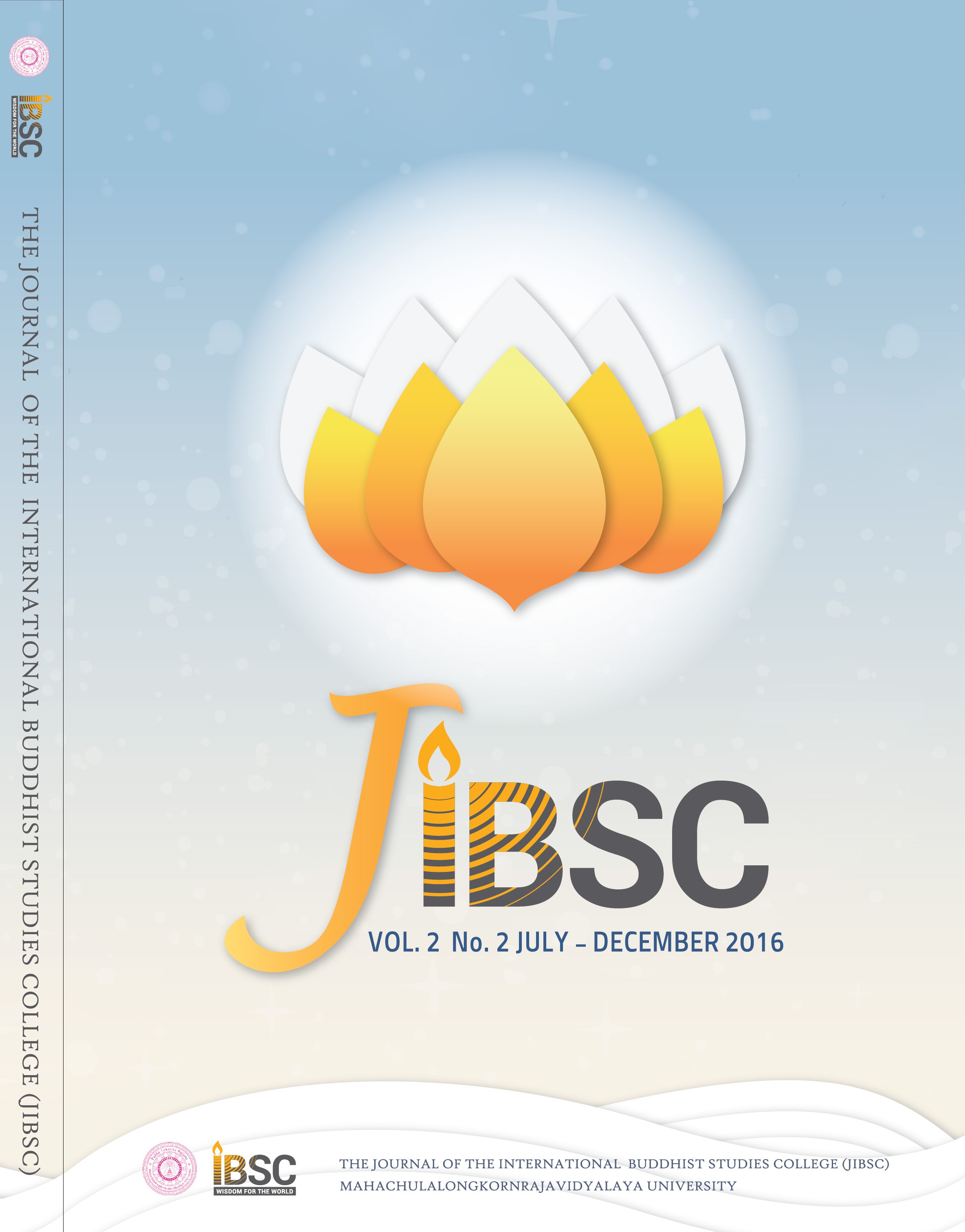A STUDY ON THE CONCEPT OF FOUR NIRVĀṆAS OF YOGĀCĀRA SECT, WITH A COMPARISON TO THERAVADA TEACHING AND RELATIONSHIP TO THE BODHISATTVA PATH
Main Article Content
Abstract
The highest goal of Buddhist practice is to strive for Nibbāna (Nirvāṇa in Sanskrit) but the way to do this has various kinds of interpretation among different schools in history. Within them, the teachings of the Yogācāra Sect are the most differentiated one due to their enlargement the original two types of Nibbāna into Four Nirvāṇas. This study explains the enlargement was actually developed from the doctrine of Bhūtatathatā. This viewpoint towards Nibbāna seems to be different from Theravada doctrine. However, the major characteristics of both do not show great dissimilarity. Rather, there were transformations in the Yogācāra Sect which helped in explaining the need for the Bodhisattva Path. By elucidating on this aspect, scriptural studies could benefi t from understanding that the two different schools may seem different on the surface but were both attempting to teach the same Dhamma. Also, practitioners could also benefi t from knowing different paths that are explained in the scriptures so that different steps and targets would not be confused as wrong teachings.
Article Details
The Journal of TCI is licensed under a Creative Commons Attribution-NonCommercial-NoDerivatives 4.0 International (CC BY-NC-ND 4.0) licence unless otherwise stated. Please read our Policies page for more information on Open Access, copyright and permissions.


